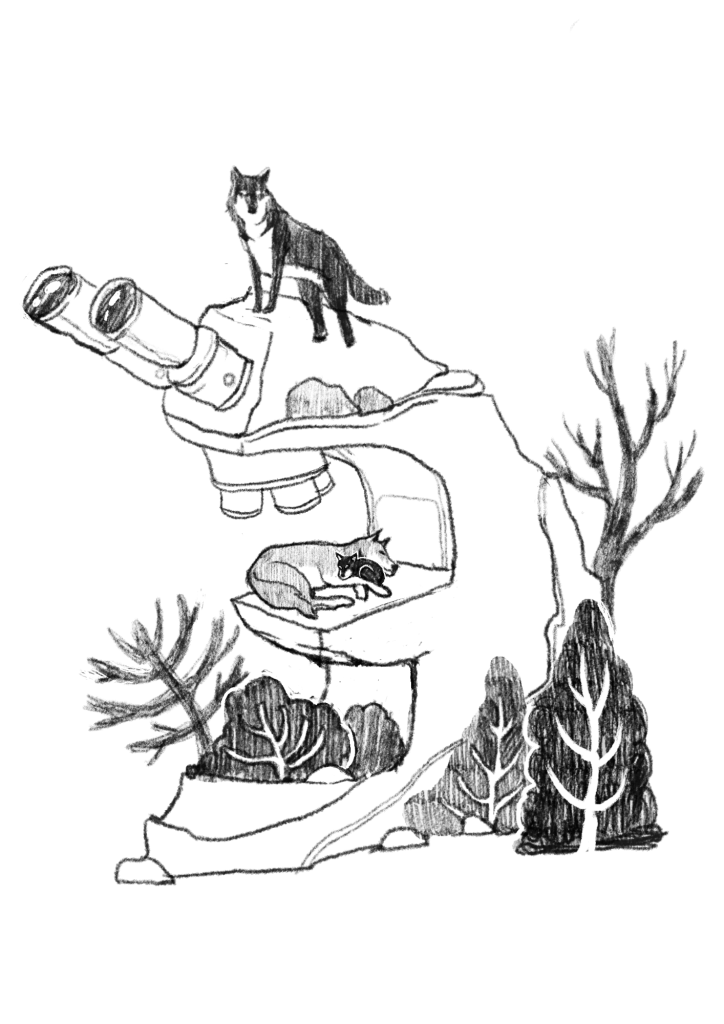Every year in the month of May, scientists, students, fisherfolk and the public get together to count fish in one of India’s largest lakes. Hari Sridhar spoke to Priyadarsanan Dharma Rajan, a senior fellow at the Ashoka Trust for Ecology and the Environment (ATREE) and Ashish Mathew George, Programme officer of the Vembanad Wetland Conservation Programme, to find out more about the annual Vembanad fish count.
HS: What is the idea behind this annual fish count?
PDR: This is an activity planned mainly to bring the fisher community closer to fisheries experts, students, and the general public. ATREE went to Vembanad at a time when the local people were worried about the burgeoning backwater tourism and the lake pollution caused by it. The fisherfolk were more concerned because it was affecting the fishery and alienating their traditional fishing grounds. To make any conservation intervention a success, one has to first gain the confidence of the traditional stakeholders, in this case the fisherfolk. Our first challenge was to win their trust. They are a traditional community, who were always skeptical about outside people. They were not antagonistic, but they were not willing to take any outsider into trust. They denounced research: ‘Many people come, do research and go, but how are we benefited?’. It is true what the local people were telling. There are several scientists and institutions working and several large research studies implemented, but not even basic water quality data was available to the people. So rather than getting into any active research at the start, we decided that what Vembanad required was some action to empower people to regain their rights to the lake. The fish count is only one among many activities that ATREE initiated in Vembanad. Our main intention behind the fish count was to create awareness about the state of fishery. We also wanted to convince them about the importance of this kind of scientific data collection for their own benefit. The first count was conducted in 2008. This year, on 23rd and 24th May, we conducted the seventh successive edition of the count. A number of agencies and individuals participate in this event – Kerala University for Fisheries and Oceanic Sciences, Saint Albert’s college in Ernakulam, Environmental Science Department of M G University, Kerala State Biodiversity Board, the Casino Group of Hotels, Vembanad Nature Club, volunteers and most importantly, the fisherfolk themselves.
HS: Let’s step back a bit from the fish count and talk about Vembanad; why was ATREE interested in Vembanad in the first place?
PDR: I would put it differently: it was really the interest or passion of individuals for the conservation of these backwaters which ATREE encouraged and facilitated. SD Shibulal, who was then the Chief Operating Officer (later CEO) of Infosys, hails from the village of Muhamma in Alapuzzha district, on the banks of Vembanad. He made an offer to ATREE: if ATREE is ready to do something for the conservation of Vembanad backwaters he will provide the funding. I was born and brought up near the backwaters and my neighbourhood—the Ashtamudi backwaters—had a major influence in shaping me as an ecologist and conservationist. My early conservation years, when I was in UG and PG, were all linked to these backwaters. When an opportunity to do something for the conservation of the backwaters came up, I was not in a position to back out. My colleagues Seema Purushothaman and MC Kiran, who also hail from Kerala and shared my interest, also joined the team. We did a reconnaissance survey in 2006 and started the programme in 2007.
HS: Tell us a little more about Vembanad. Why was there a need for a conservation intervention in Vembanad?
PDR: I think that Vembanad is more important than even the Himalayan glaciers. It is so unique. It may be the only place on earth where cultivation happens below mean sea level and thousands of people live a semi-submerged existence for part of the year. It supports a highly productive agricultural system – Kuttanad, the ‘rice bowl of Kerala’— spread over 1,100km2 in a reclaimed portion of the lake. If you consider the livelihood support provided by Vembanad, it is next only to that provided by the Arabian Sea. Most of these livelihoods, be it fishing, farming, coir industry, clams, duck farming or more recently tourism, all depend on the water and the quality of water in the lake.
Vembanad is also important for its biodiversity. It is a Ramsar site and an Important Bird Area. A lot of migratory birds come to the eastern side of the lake. There are a few small islands that have very good vegetation diversity. The fishery resources are also quite high here. In fact, ours is not the first fish survey. In 1979 and 1984 Dr BM Kurup conducted surveys and documented more than 150 fish species. But in our surveys, we documented only 71 species. We believe that the reduction in diversity has to do with the building of the Thanneermukkom barrage in the early 70s. The barrage was built to reduce salinity entering the southern side of the lake, to aid rice cultivation. Before the barrage came up the lake used to include both freshwater and marine species, but now very few marine migrants reach the lake.
The barrage has changed the ecology of the lake. Many freshwater species require some salinity for breeding – the best example is the giant freshwater prawn (Macrobrachium rosenbergii); there are also some local eels. Similarly, there are some marine species, like shrimps, that require fresh water for breeding. The barrage poses problems for such animals.
The barrage has also caused another problem: saline water helps flush the lake, keep it clean and prevent excess nutrients from accumulating in it. After the barrage came up, this flushing happens less frequently. This problem is compounded by agricultural runoff. Once the monsoon floods recede, water is pumped out of the fields, to do rice cultivation, rather than into the fields as is done elsewhere. This causes a heavy influx of fertilizers which results in the proliferation of water hyacinth and other weeds. So the major issue we wanted to address was the declining water quality and the associated loss in diversity and fish resources. But the first challenge to overcome was the lack of baseline data.
HS: Getting back to the fish count, can you tell us what actually happens during the count?
PDR: The fish count serves two purposes: first, it is an awareness campaign about the state of fishery resources and lake conservation issues. But at the same time, we follow a strict scientific protocol; so at least over one day every year we get some data. The fish count operates in three cruises, each covering different parts of the lake in such a way that the entire lake gets covered. 30-60 people are assigned to each cruise team. Each team has a captain and includes fisheries experts, fisheries students – for whom this is probably the only chance for direct experience with fisherfolk and the lake – and, most importantly, the fisherfolk themselves. We also invite the general public from across the country to volunteer in the fish count; this year we had volunteers from Bangalore, Coimbatore, Chennai and other places in the south. Different tasks are assigned to members of the team – helping the fisherfolk cast nets, identifying species, counting the fish, maintaining a checklist, documentation etc.
Along each cruise route, we count fish at five pre-decided points using three different methods—cast net, gill nets and hand nets. This way all the strata of the lake get covered. There is enough work for everyone to do because by the time the teams reach Alappuzha they have to be ready with the date to present. In fact, even before we reach Alappuzha the press people start calling us—” What are the results?” Give us the count. You know how the press is! We have to do some analysis and refine it later, but the first-hand data is presented immediately at the valedictory meeting. And the next day it is in the local newspapers. From this year India Biodiversity Portal is also partnering with the fish count. An informatics person from IBP was present in each cruise and the observations were immediately uploaded to the portal. So now there is quicker dissemination of the data. To our knowledge, ours is the only information available about fishery resources of Vembanad in last 2-3 decades.
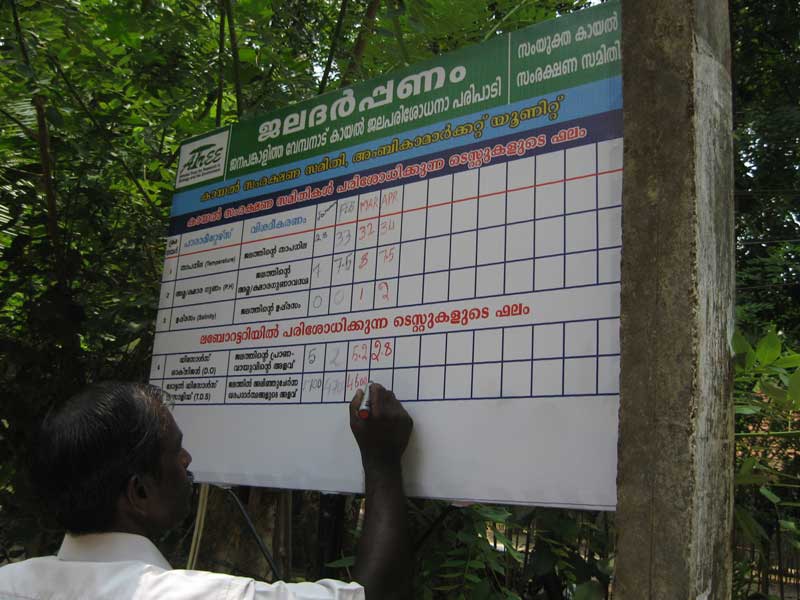

HS: Apart from counting fish, what other information do you collect on these cruises?
AMG: Water quality sampling, other environmental conditions, sightings of birds and mammals like otters.
PDR: We also collect data from the fish landing centres. There are two landing centres in the area where the fisherfolk come very early in the morning with their catch. We station the volunteers there the previous night itself to collect data straight from the fisherfolk’s baskets.
HS: What have been some of the important findings of the counts done so far?
PDR: Like I already mentioned, our counts have shown that fish diversity has reduced dramatically, from 150 species during the 70s-80s to 70 species now. There is a decline in the carnivorous fishes and there has been an increase in omnivores. We have been noticing a gradual reduction in freshwater pufferfish since our first count in 2008. There has been a recent proliferation of the freshwater sponge Spongilla lacustris, a climate indicator, which is a cause of worry for the fisherfolk. On the positive side, our surveys have also documented some interesting, rare species in the lakes. I will send you the report with all the details. You know that by profession I am an entomologist, not a fish expert. The Vembanad project is my interest or passion, although it is a passion that has taken up almost 50% of my time in the last six years.
HS: You earlier said that one motivation for this activity was that the data and information collected does not reach the people. What are you doing differently in this regard?
AMG: Let me give you an example. In 2012 we started Jaladarpanam, a community water quality monitoring programme. Once every month the fisherfolk measure water quality at various locations and the data are displayed on public display boards put up in eight locations. In April 2012 —this programme began in January—the people started noticing that the salinity wasn’t coming through to the lake and the level of pollution was increasing because the barrage was still closed. KM Poovu, the secretary of the Federation of Lake Protection Forums, took this data to the Alappuzha District Collector and demanded that the barrage be opened immediately.
PDR: There is a committee to decide on the operation of the barrage, which even has representatives from the fisherfolk. But the farmers are a more powerful lobby, and they manage to keep the barrage closed for longer than the agreed period. Every year the barrage is supposed to be closed only till March, but often it remains closed in April as well to suit the farmers’ convenience. But once the fisherfolk had the data on the water quality in their hands, they felt empowered to go and protest before the collector and demand that the barrage is operated in a timely manner. We were surprised because we never thought that the local community will use the data to fight for their cause.
HS: Tell us more about the involvement of the fisherfolk in this whole project. What is their role in decision-making?
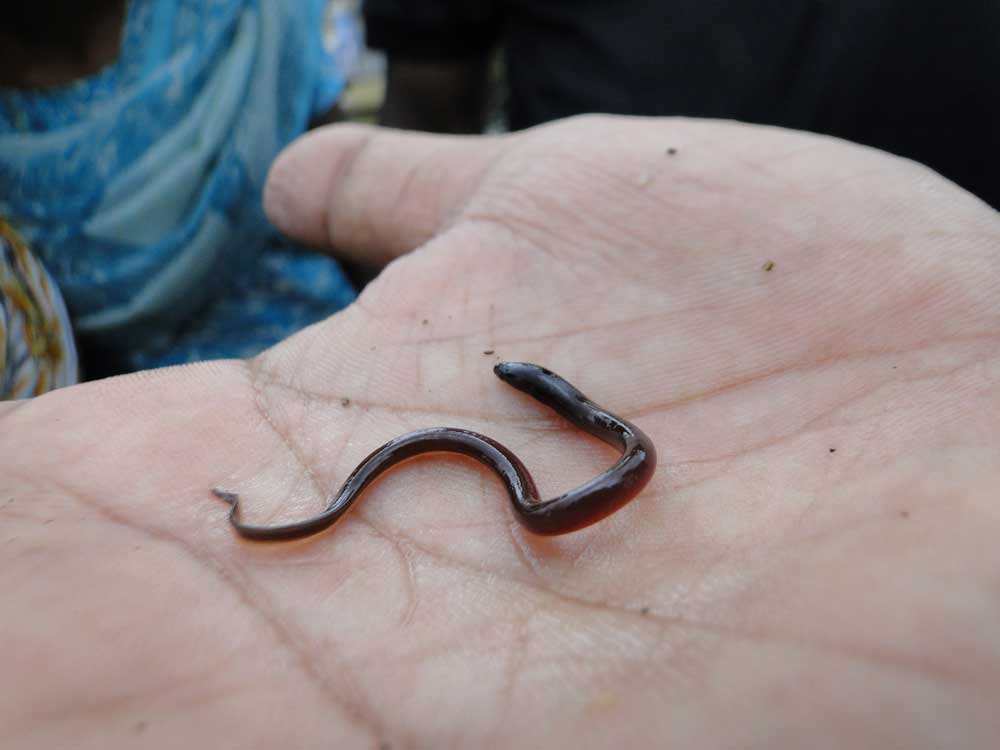
PDR: The fisherfolk are directly involved from the beginning. In fact, they are the co-organisers of the fish count, through the Kayal Samrakshana Samithys, the Lake Protection Fora (LPF). These fora are independent grassroot, democratic institutions that have come up for the conservation of the lake. We are trying to build an alternate model for conservation through these LPF. Conservation, usually, even under the guise of participatory management, is heavily top-down, where local communities don’t have a voice in decision-making. Here we are trying a bottom-up approach: we organised the fisherfolk to use their traditional wisdom and observations, in partnership with scientists, to identify problems and even solutions. And the fisherfolk themselves implement these solutions. A good example is the fish sanctuaries established in Vembanad. We engaged the fisherfolk in a dialogue about the dwindling fish resources in the lake and asked them why it was happening. They said it is due to the reduction in mangroves around the lake. We then asked what we could do now. There was an idea from the community – earlier they were using a method called padal fishing, which was now banned. Padal refers to bundles of fresh foliage of plants like mango and cashew, which are placed in the lake. These padals create a plankton bloom which in turn attract a lot of fish, especially brooders. The fisherfolk suggested the use of these padals to create artificial sanctuaries for the fishery, instead of using them for harvesting. An elderly fisherman came up with a design to prevent harvesting from these padals: a fence of bamboo poles around each “padal” such that nets cannot be cast on them. We first tried it with one sanctuary and asked fisheries scientists from St. Albert’s college to evaluate it. But, even before their evaluation, we knew the fish sanctuary was a success because of the large presence of cormorants and otters around it. Today we have 13 such sanctuaries in Vembanad.
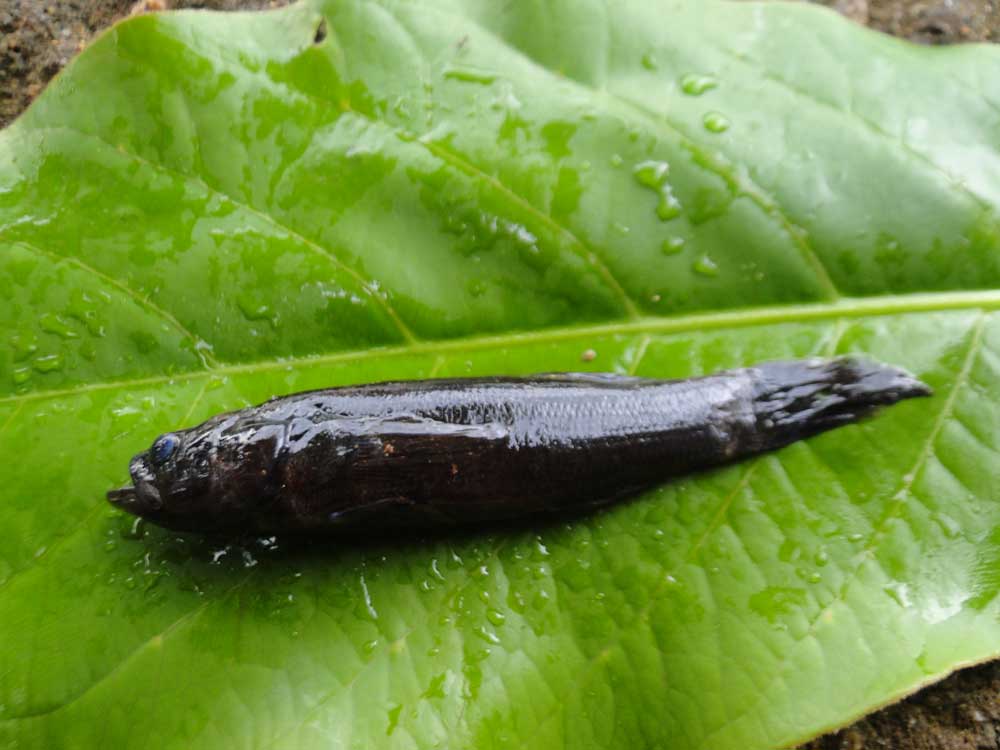
AMG: But this would not have been possible without the knowledge of the fisherfolk, about the breeding biology of the fishes, the best spots to place these padals with regard to depth and water flow, etc.
HS: Why did this not happen earlier? Why did it require your presence for it to happen?
PDR: We just facilitated dialogue and collective thinking, which changed the scenario. In this programme, we sometimes bring in some technical know-how, some scientific know-how, but the decisions, the identification of the problem and the solutions largely come from the community. We only facilitate this process. The reason I am so keen on this alternate model for conservation, what we call ‘deliberative democratic conservation’, is this: most conservation efforts are initiated by outside agencies – an NGO or the forest department – and most of the time they also act as the decision-makers. In such a model, when the external agency is withdrawn the whole programme collapses. With what we are trying to do in Vembanad, even if ATREE withdraws, we hope that the momentum we have created will carry the programme forward in the future, that the people will continue with that effort on their own. Right now we do not claim that the whole community is aware of conservation, but at least some people have started discussing and thinking collectively about it. Some of them, like KM Poovu or Kailasan, who are fisherfolk from the area, are becoming champions of conservation. Poovu has even published a booklet on ethical fishing.
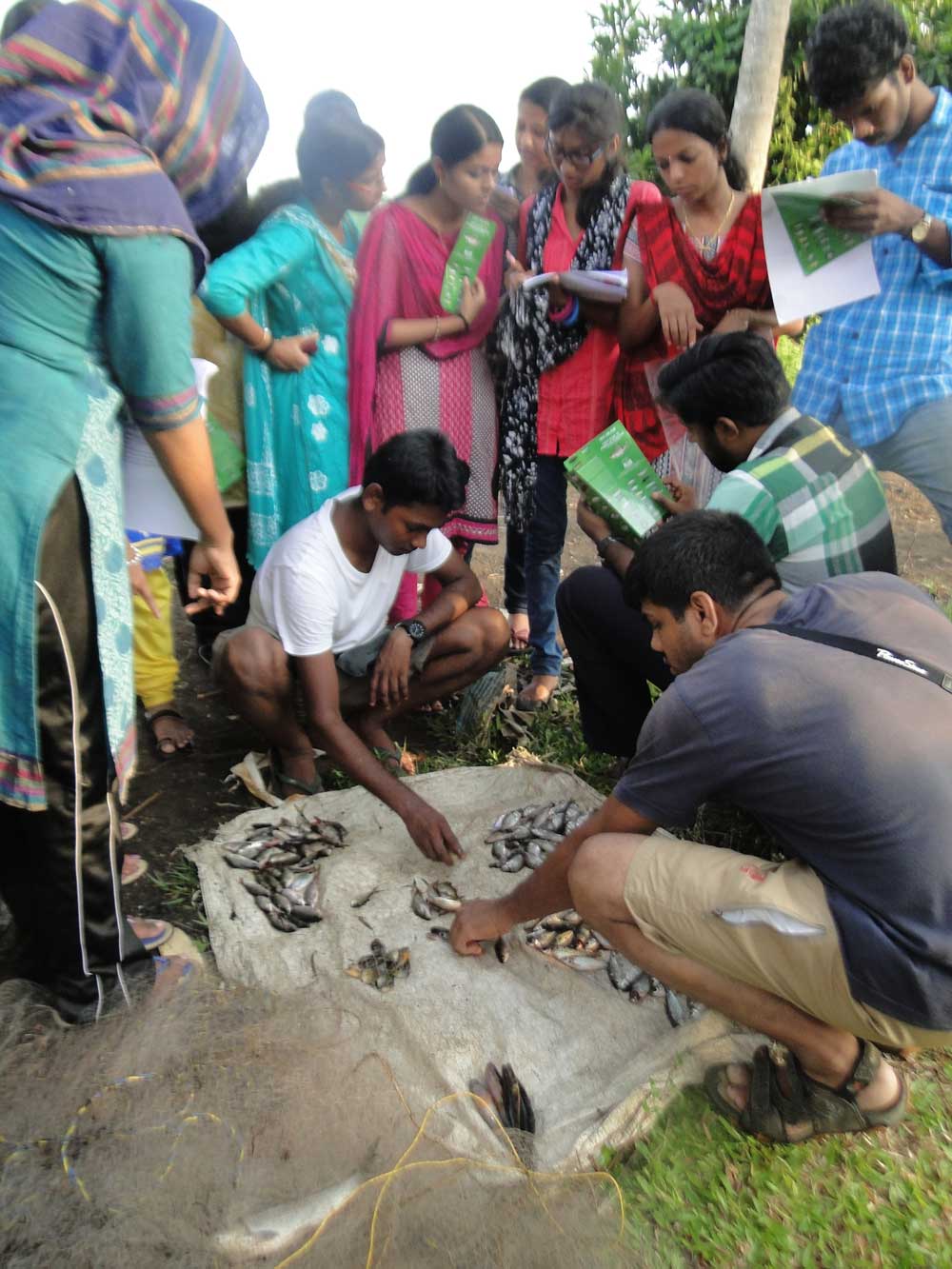
We believe that such an approach creates better ownership among people over the commons and is a better approach for governance of landscapes, especially heavily-used ones.
HS: Do you see the programme being on track to allow ATREE to withdraw soon?
PDR: I have already initiated a dialogue with my organisation! In our project proposal itself, we had mentioned that the CERC (Community Environment Resource Centre) set up to implement these activities should eventually be handed over to the community and ATREE should withdraw. It is seven years now, and I think it is time ATREE begins the process of gradual handover. Before that happens some more capacity building is required: the community should be able to raise its own resources, properly manage the funds, make appropriate decisions, etc. These are the challenges we are trying to tackle now.

